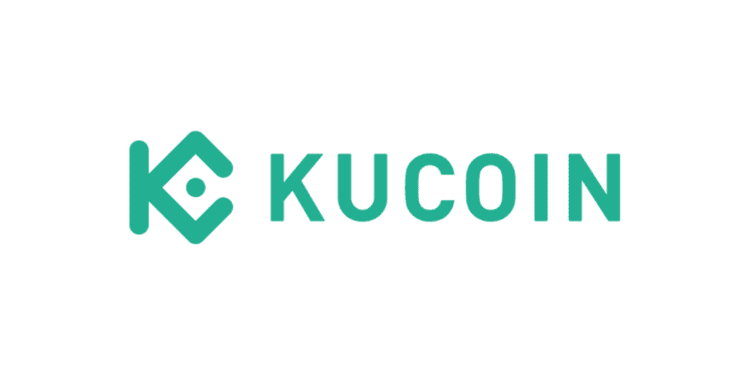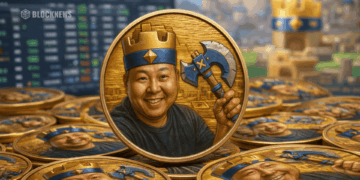Cryptocurrency exchange platform KuCoin recently announced that it would support the Terra Classic (LUNC) community’s 1.2% tax burn proposal. The KuCoin news drove the LUNC price to soar by 40.78%, from $0.00033 to $0.000488 on September 7. It rallied to 38%, setting a new all-time high of $0.000593 the next day. The hype for LUNC trended on Twitter with over thousands of mentions with the $LUNC tag.
As of press time, LUNC overtook ATOM in market cap in the Cosmos system. For a few months after the de-pegging of the Terra Dollar (UST) and the 100% collapse of the LUNA token, skeptics kept saying that even with the re-listing of LUNA under the new ticker, LUNC, it would never reach the $1 billion market cap until the big rally on August 20 starting from $0.00085.
It rose 344% over the past 20 days, leading many to believe that LUNC could reach $1 soon – given that the big sellers will not short the price.
How Does the 1.2% Tax Burn Help LUNC Price to Go Higher
LUNC is considered a floating token only backed by remaining old LUNA fanatics named LUNAtics. The community alone drives the price up, with its members hoping it can make a comeback to at least $1.
Community member Edward Kim explained the summary of how the 1.2% tax burn will redeem LUNC back to its form glory.
In his post, he said,
“This proposal initiates the tax for all on-chain transactions as first described in proposal 3568 (for the 1.2% burn) and proposal 4159 (distribution of v22). Taxes will be charged and burned for on-chain activity such as sending between wallets and smart contracts that interact with the chain.”
Many analysts can only see this as speculation, as burning the tokens may not mean that it will drive prices up. Key crypto exchanges such as Binance, Crypto.com, and Coinbase have said no word about supporting the proposal.
A Summary of Terra’s Rise and Fall
In 2018, Do Kwon and Daniel Shin established the Terra network to form a stable cryptocurrency that can rival fiat currencies to regulate transactions.
In 2019, Terra sold LUNA in an initial coin offering. It was priced at $0.18 each and raised to $0.80 in the private sale. That same year, Do Kwon published the whitepaper for Terra Money.
2020 marked the launch of LUNA staking and Anchor protocol, a Terra platform that grants investors to earn high yields on deposits and allows borrowing against their crypto holdings. In September, UST was announced as the blockchain’s stablecoin.
In 2021, the LUNA token cost $0.65 in January. Do Kwon discuss a looming George-Soros-style attack on UST and LUNA that can send the prices below $0? In December, it hit an all-time high of $103, making it one of the best-performing cryptocurrencies of the year.
From early to mid-2022, LUNA turned from one of the fastest growing altcoins to the quickest death spirals in financial history. January of that year was the supposed “dip” for the token, as it dropped 38.97%. However, in February and March, it rallied 87%.
It peaked at a record high of $119.55 in April, but it was also the beginning of its demise. LFG started stacking up on Bitcoin and bought $100 million worth of AVAX using UST. By the end of the month, LUNA hit its lowest circulation of 346 million tokens which were burned to stay in tandem with UST’s constant demand.
May 2022 marked the death of LUNA as whale bots revealed 85 million USTs swapped for 84.5 million USDC. The next day, UST plummeted to $0.9, many declaring that the stablecoin was now depegged.
On May 12, LUNA’s price pushed from what was once $119.55 to below $0.10. The next day, crypto exchanges Okx and Binance delisted LUNA and UST. Four days later, Do Kwon forked the now-destroyed Terra without the support of UST, calling it Terra Classic (LUNC).
On May 28, Do Kwon released Terra 2.0 with LUNA airdrops for everyone involved before the de-pegging and delisting.














